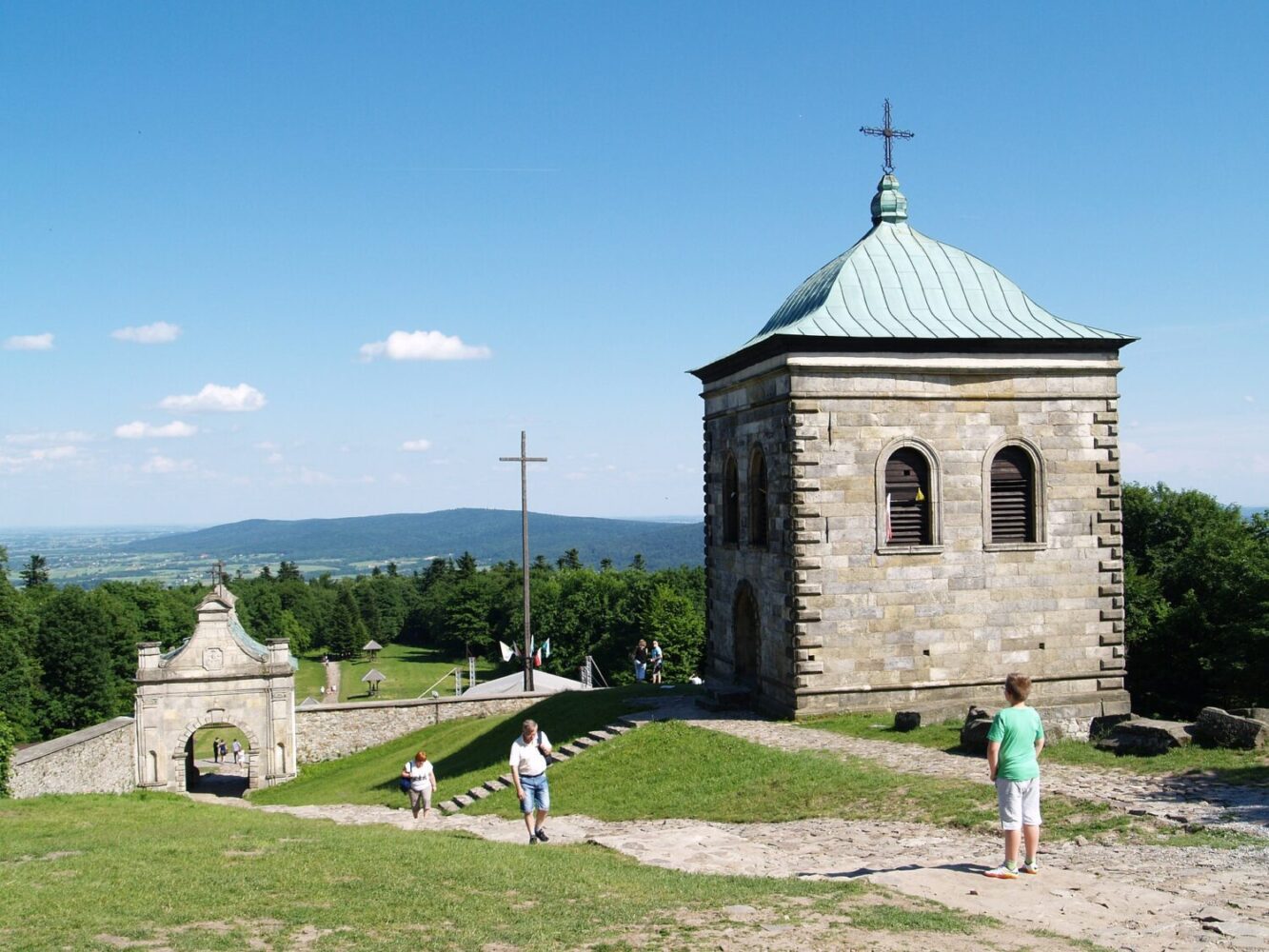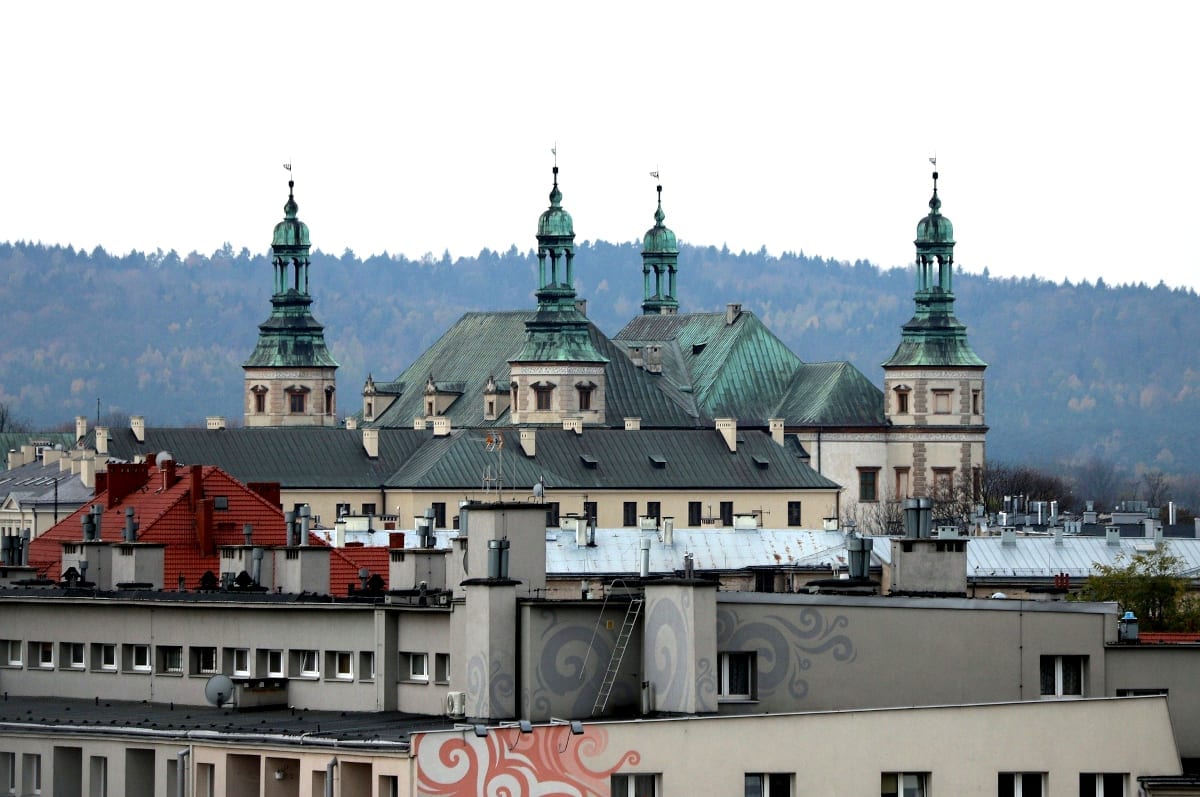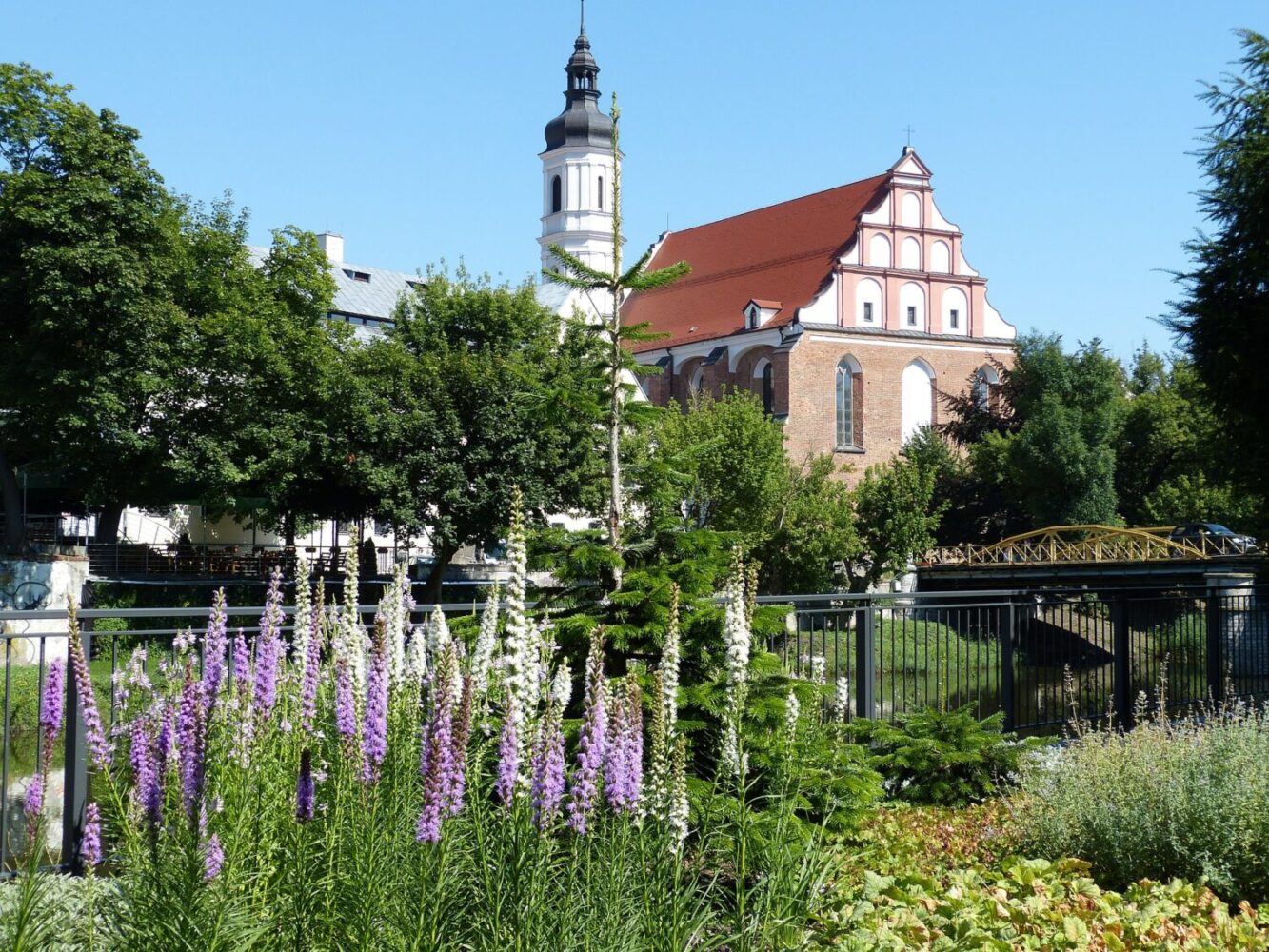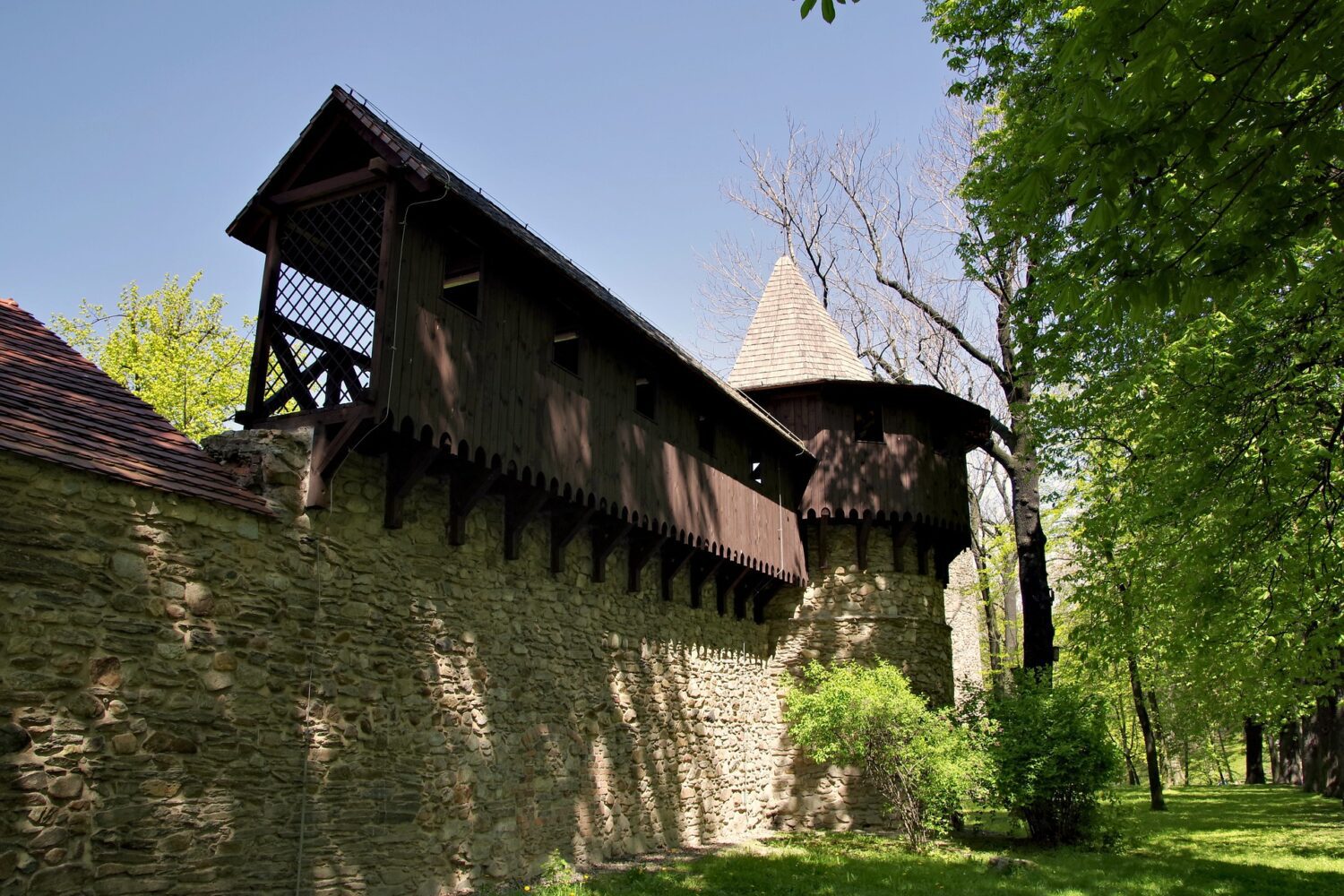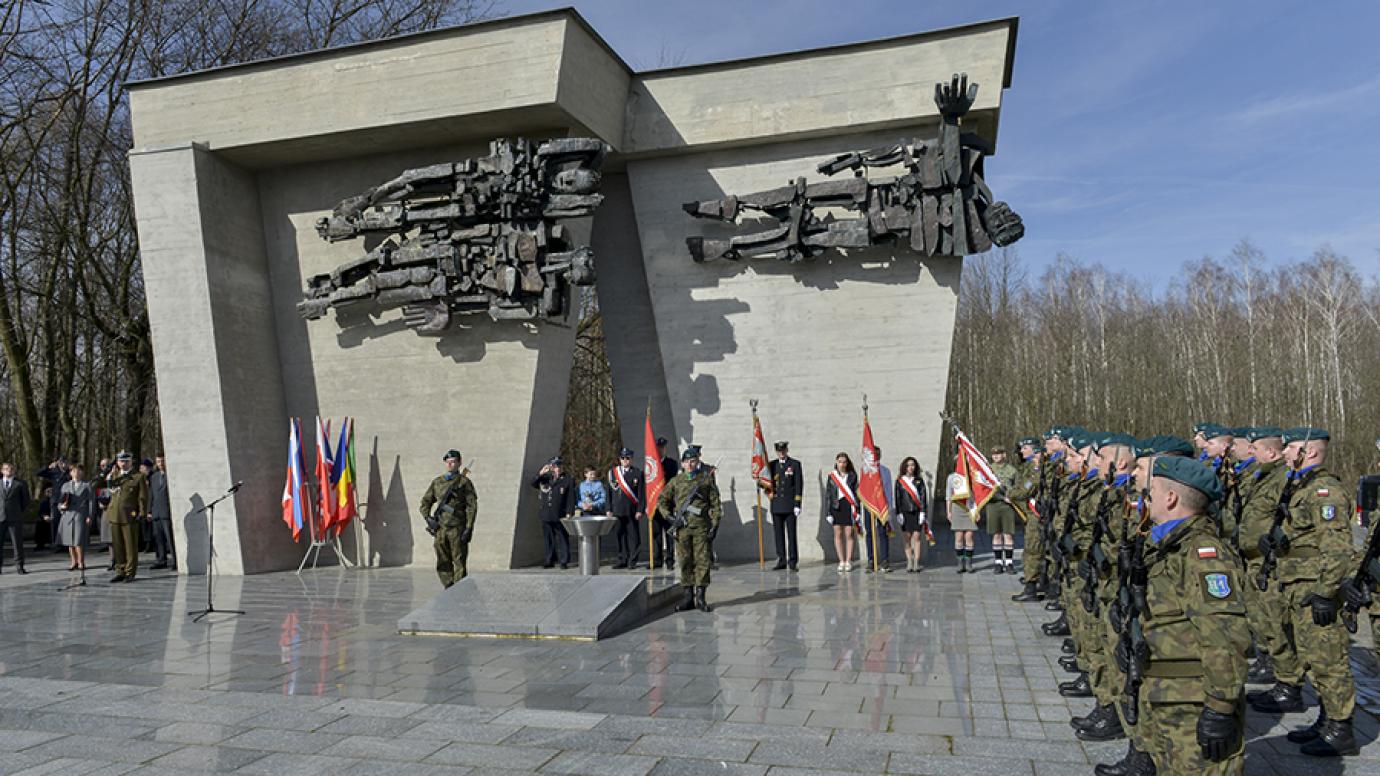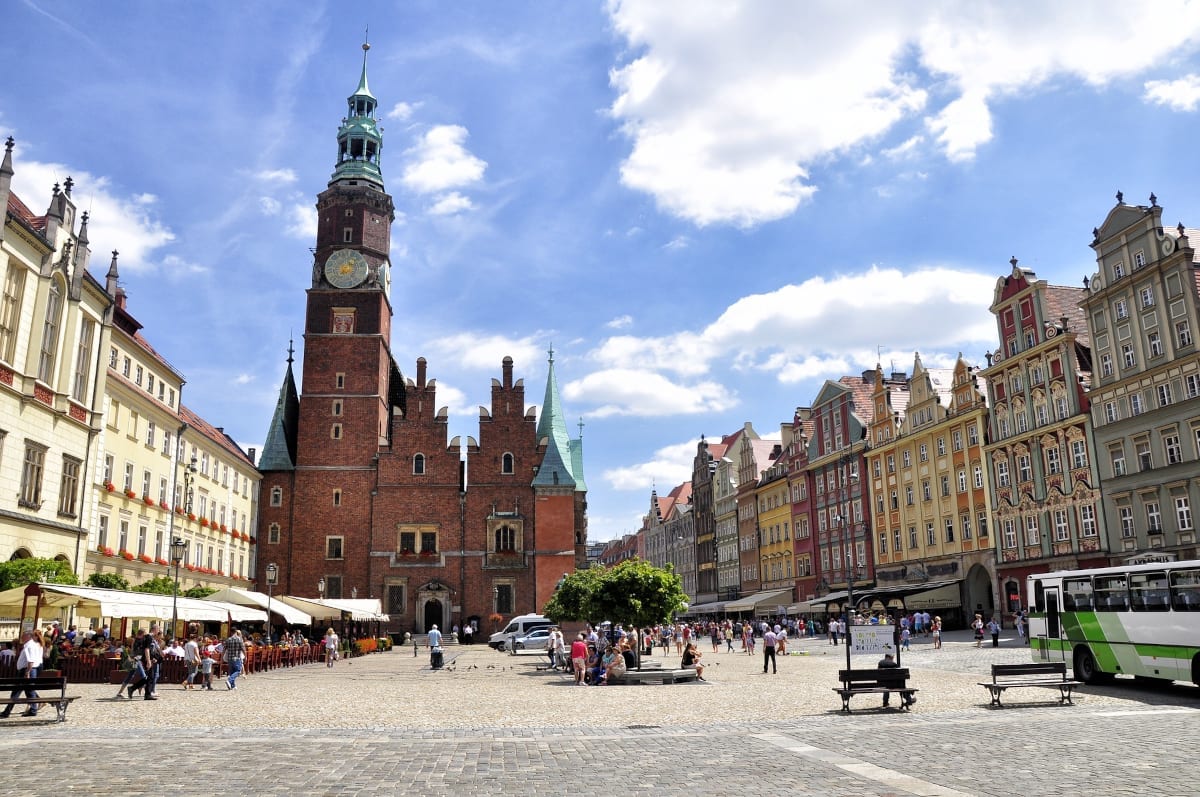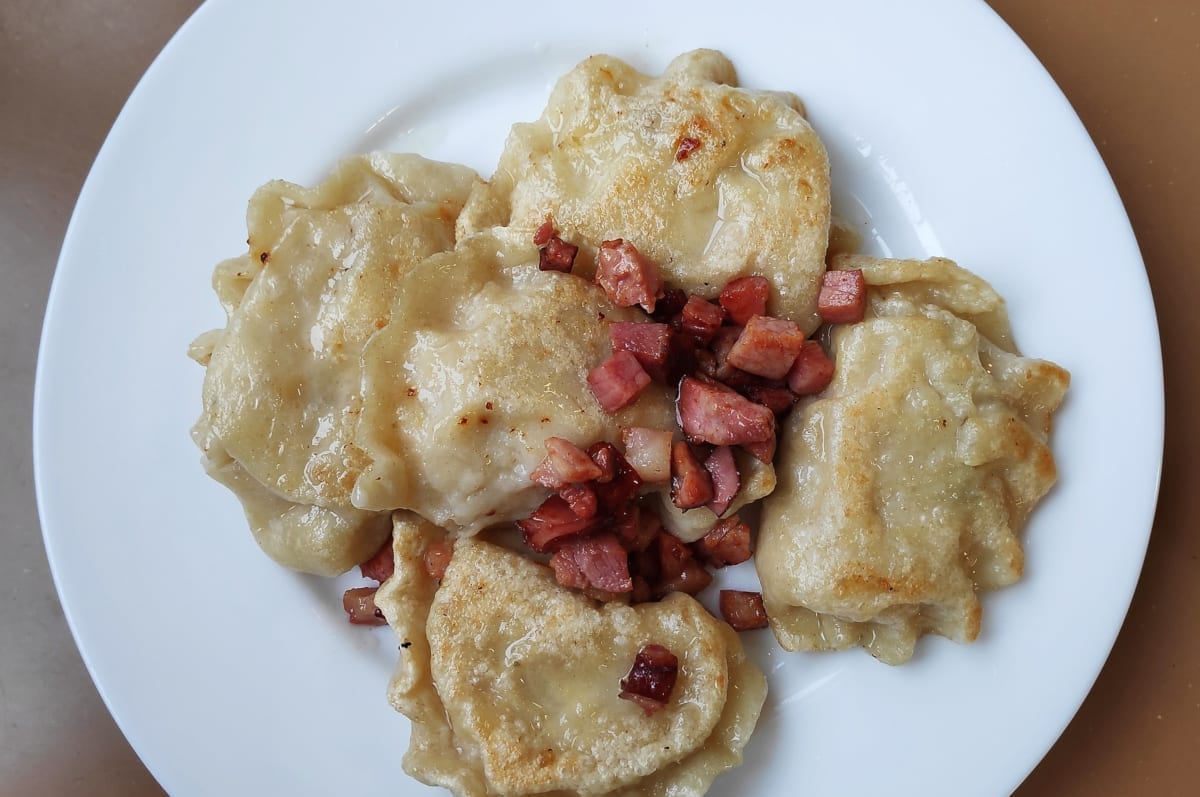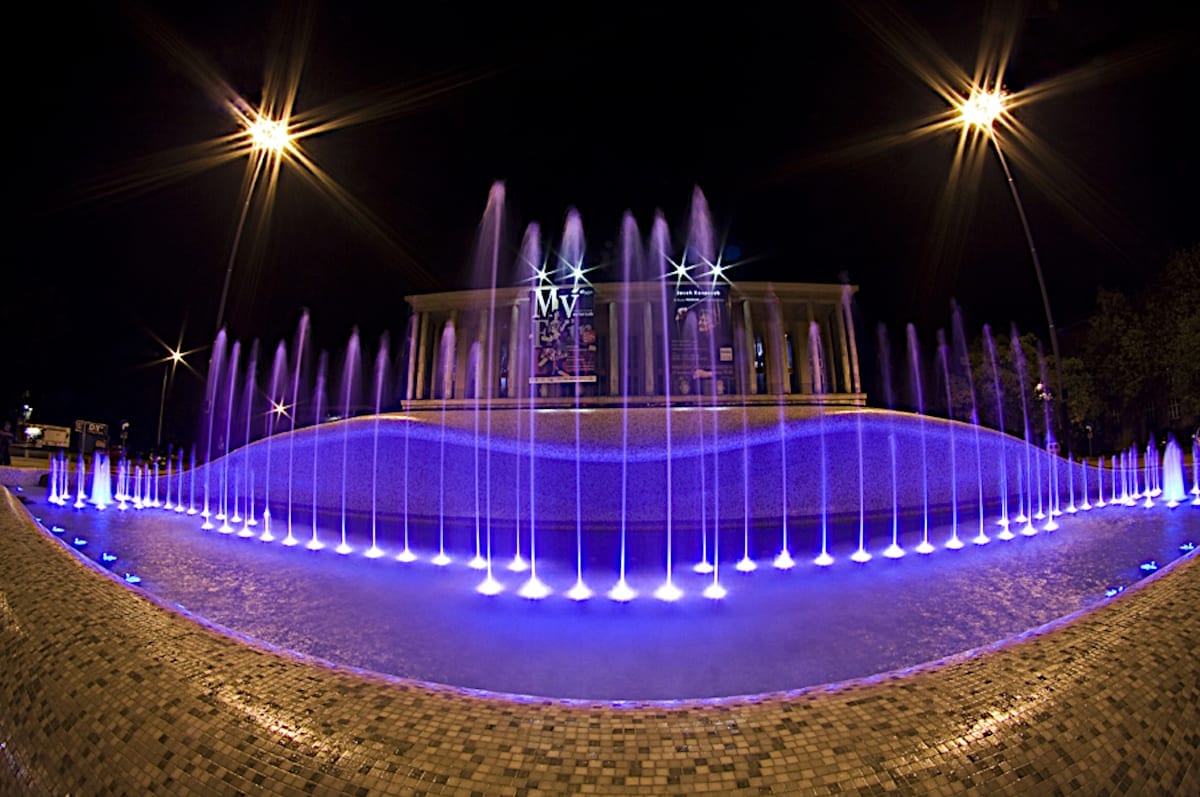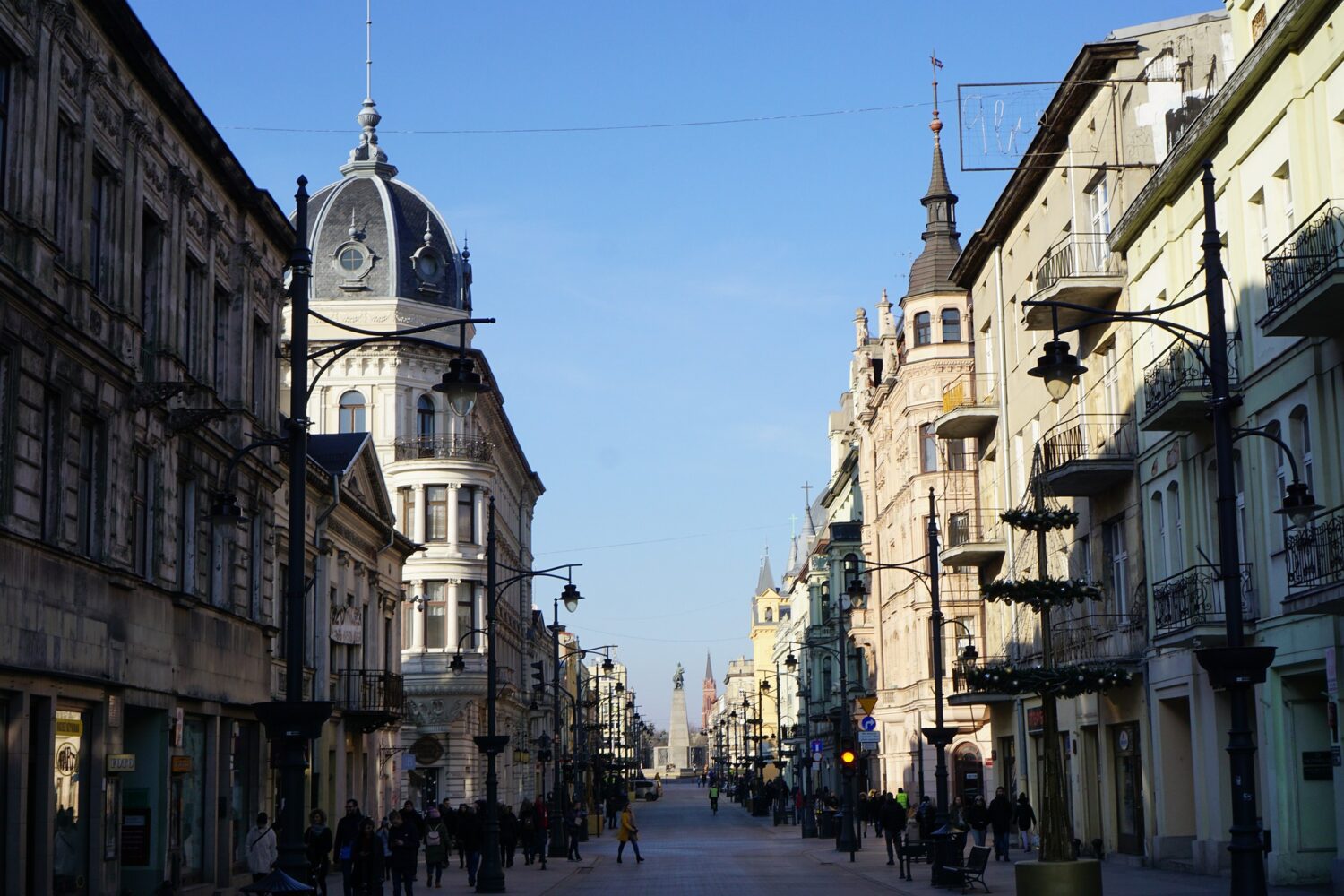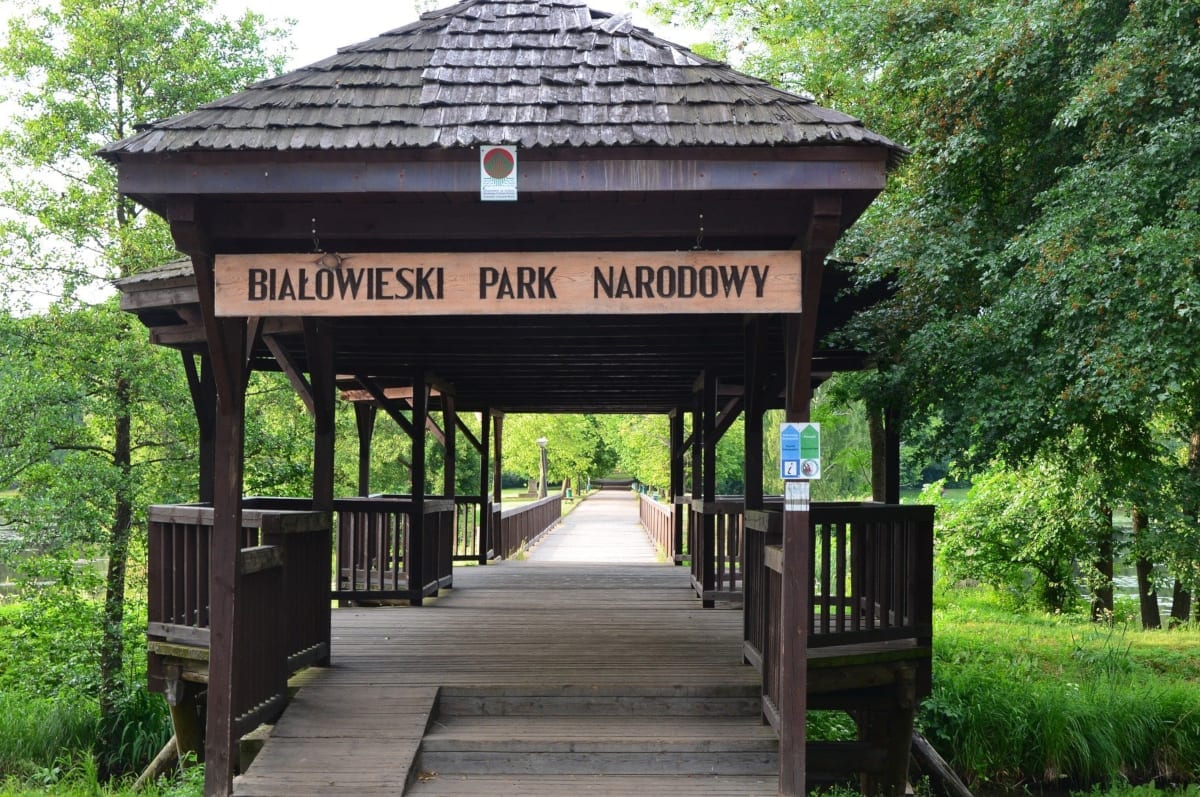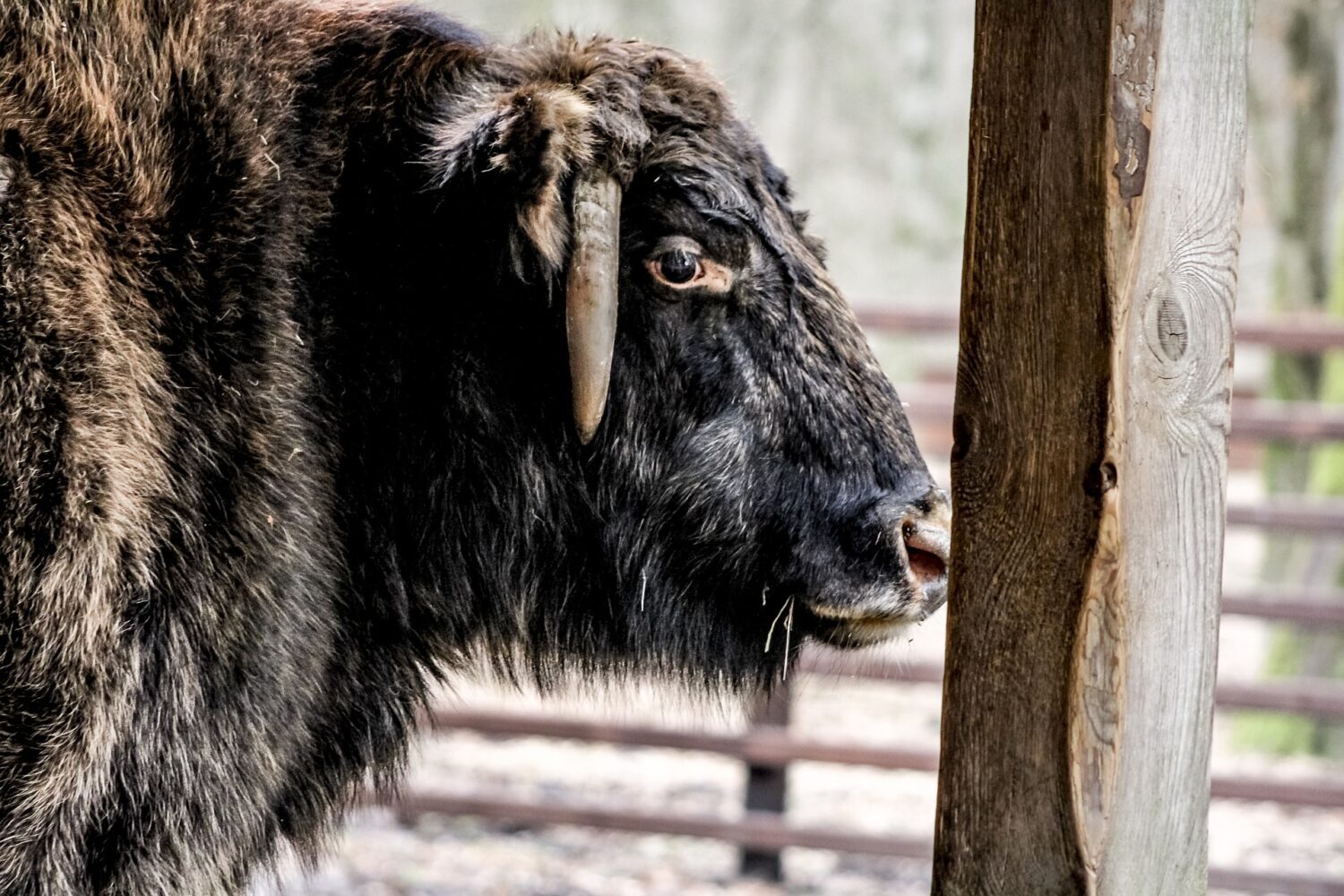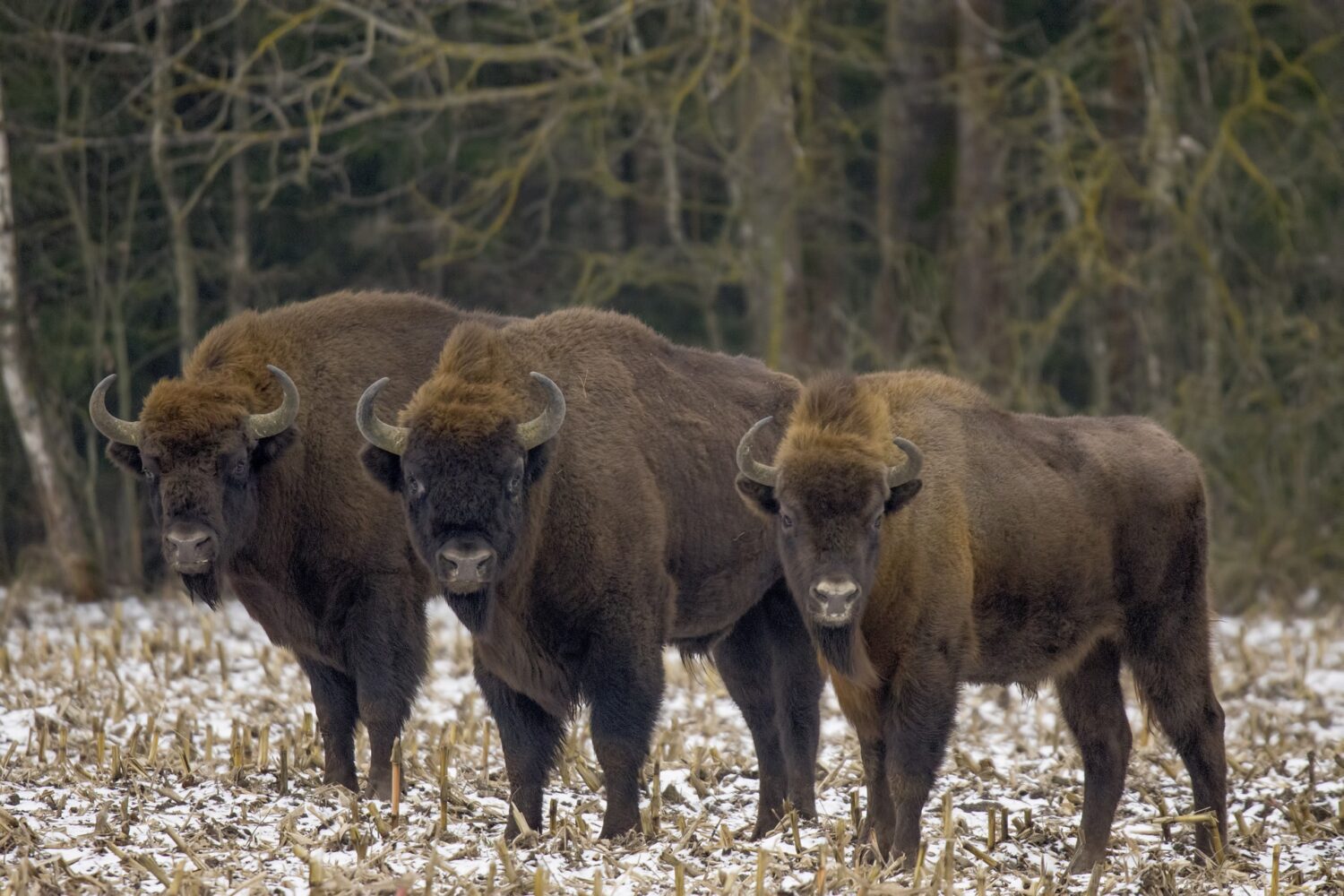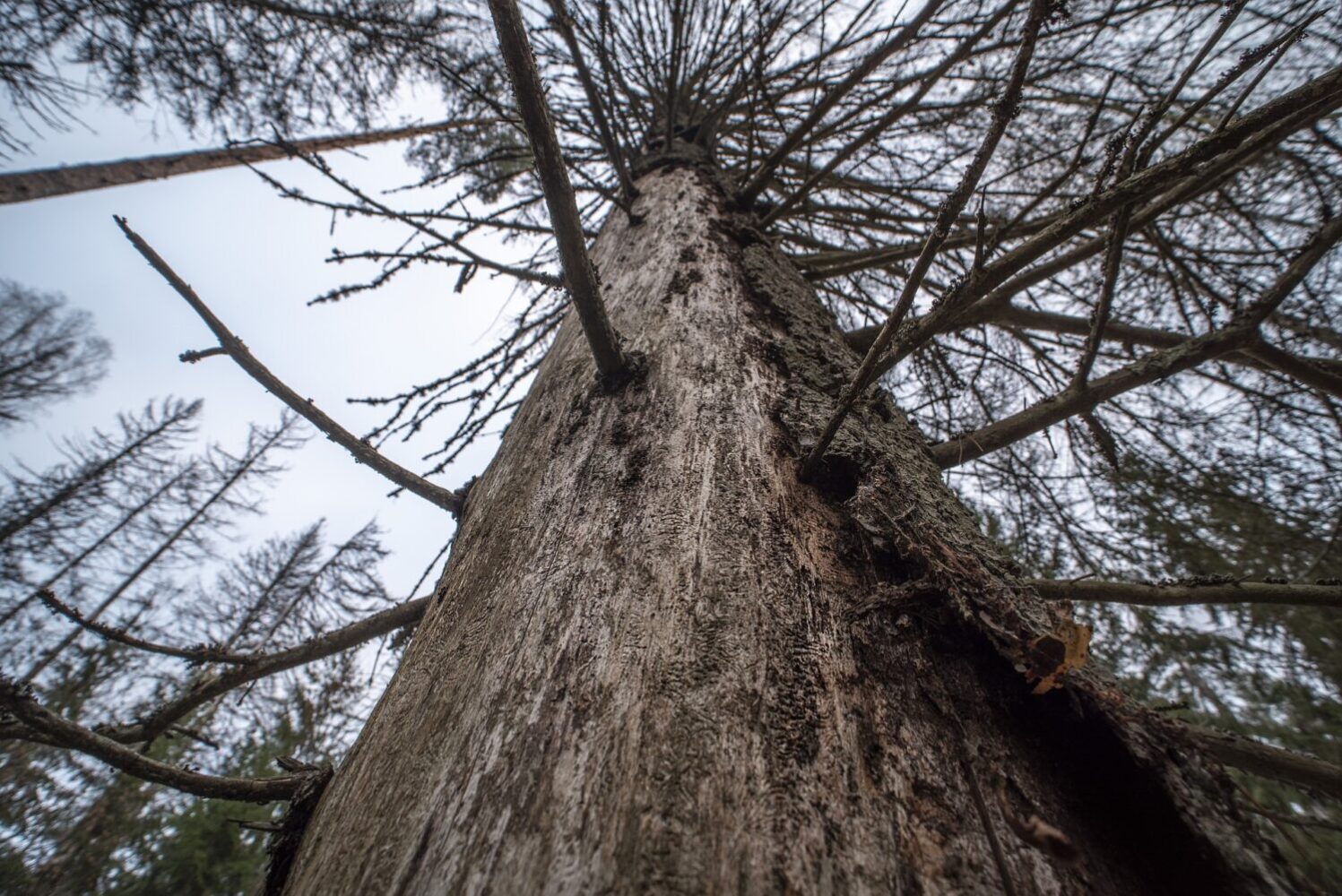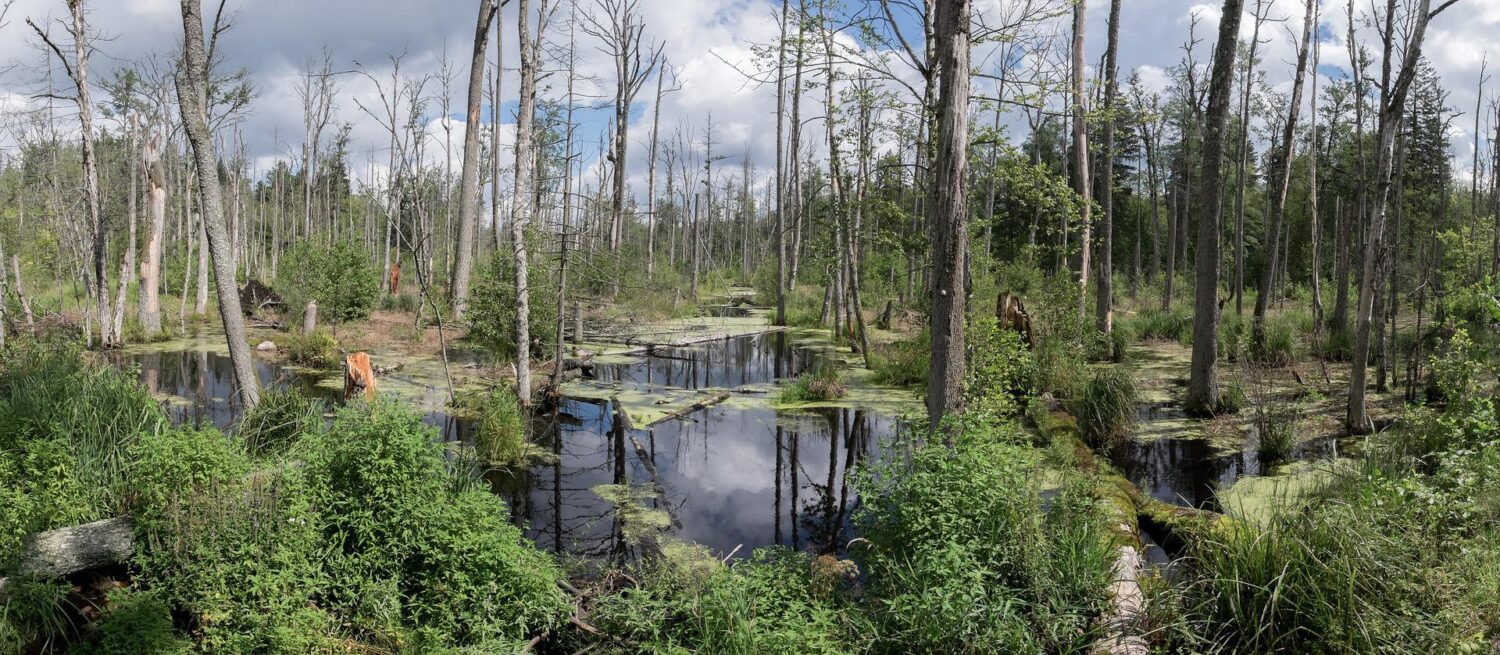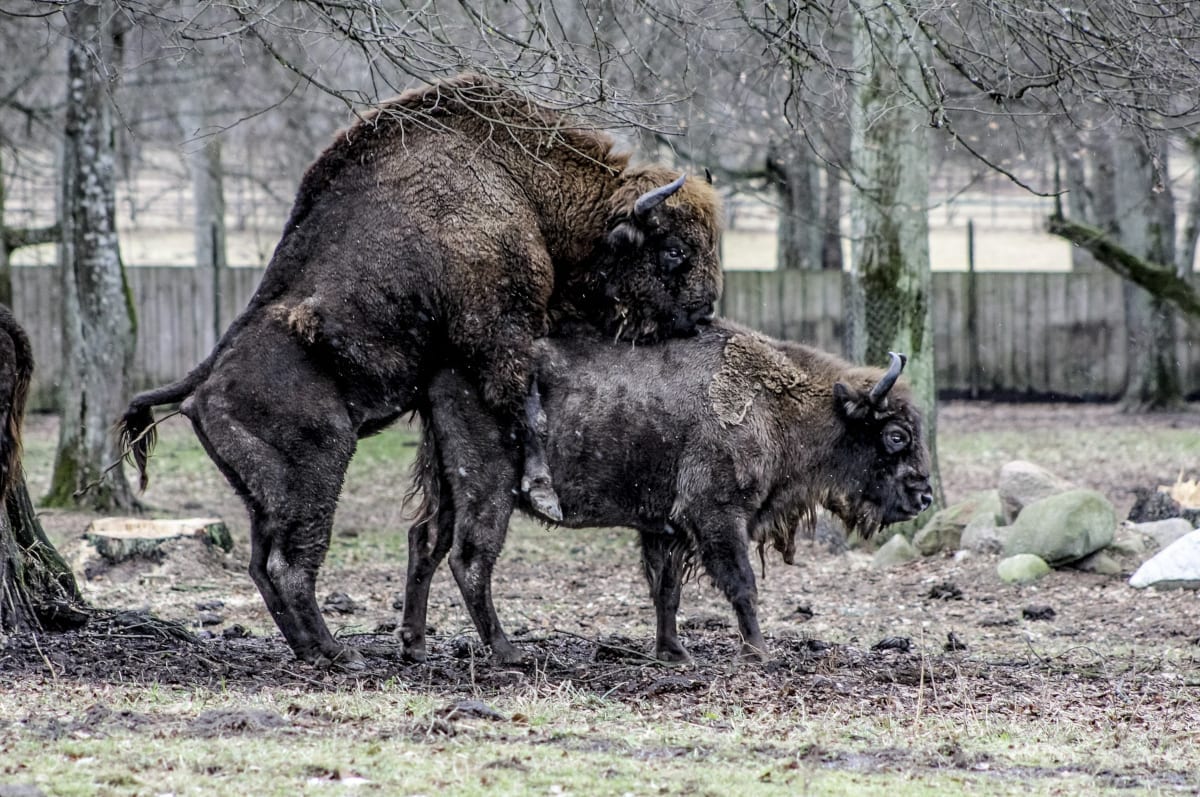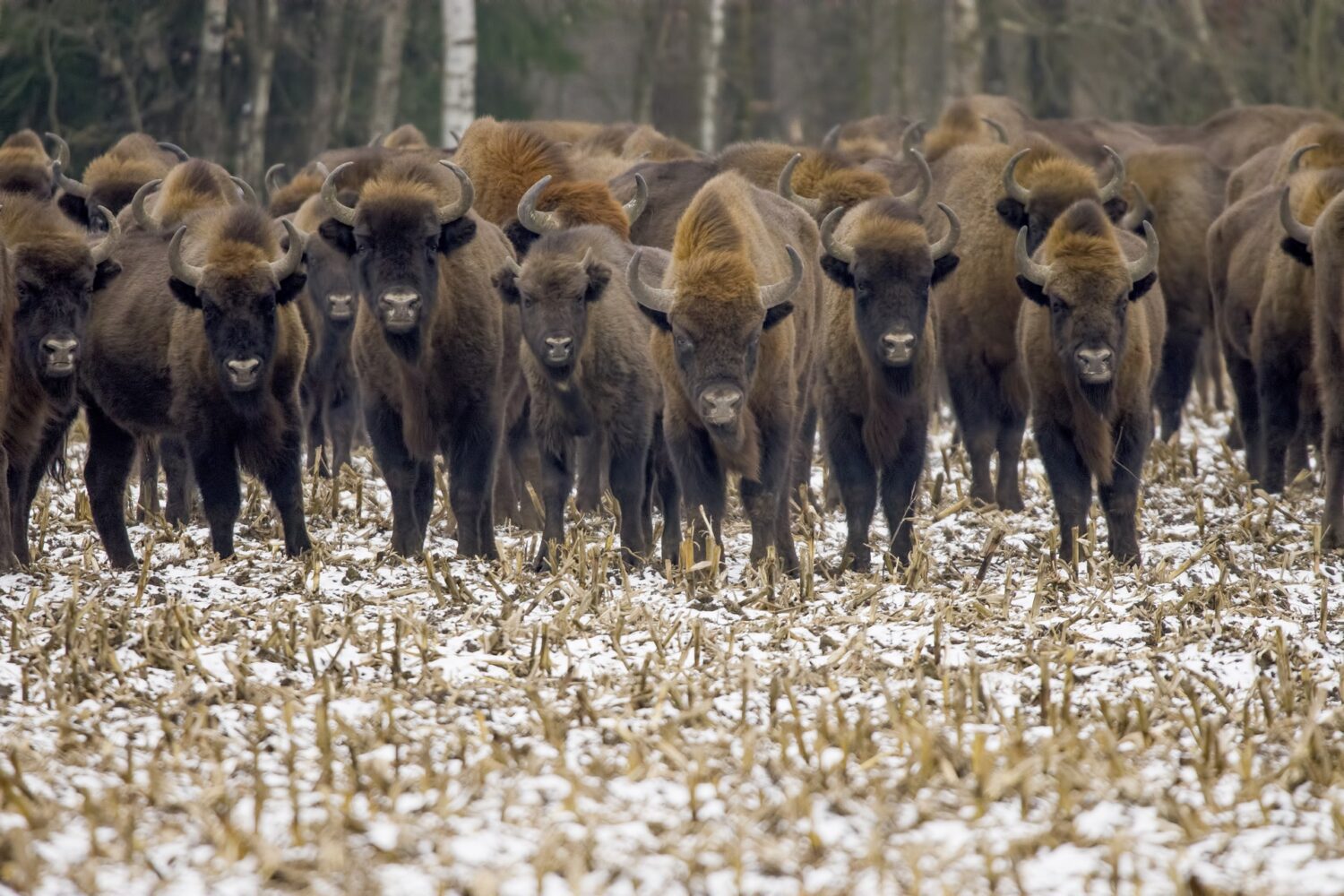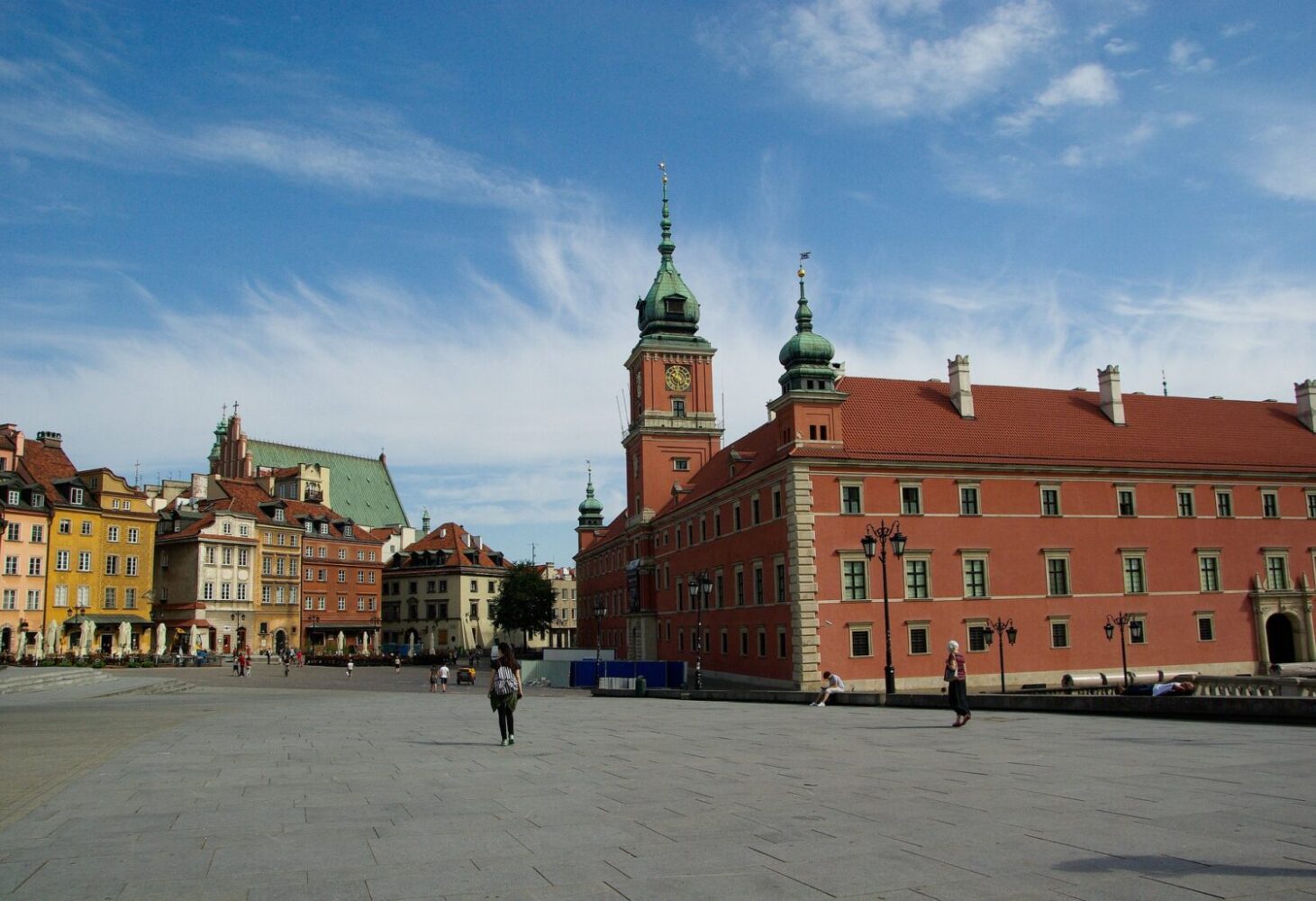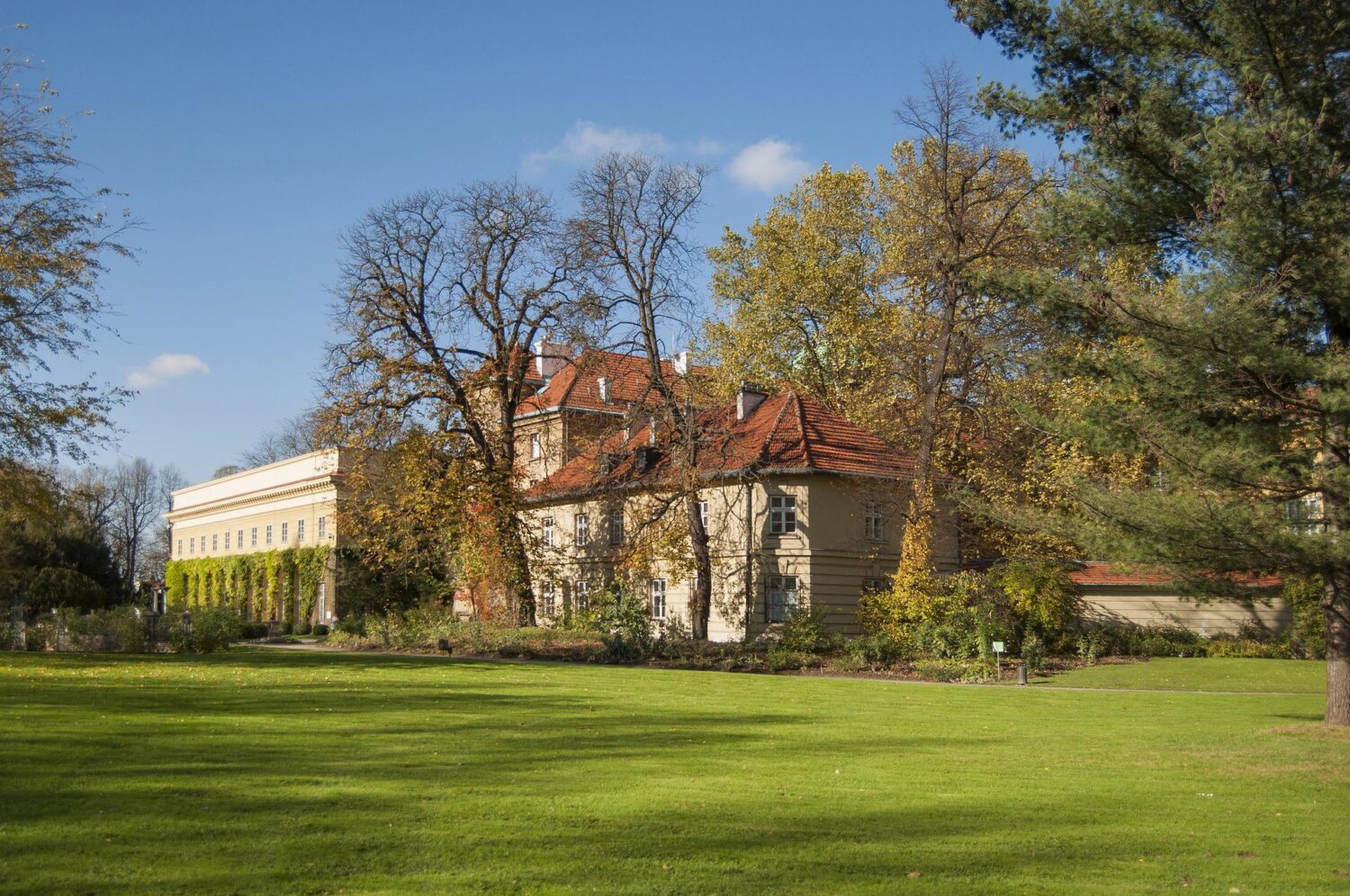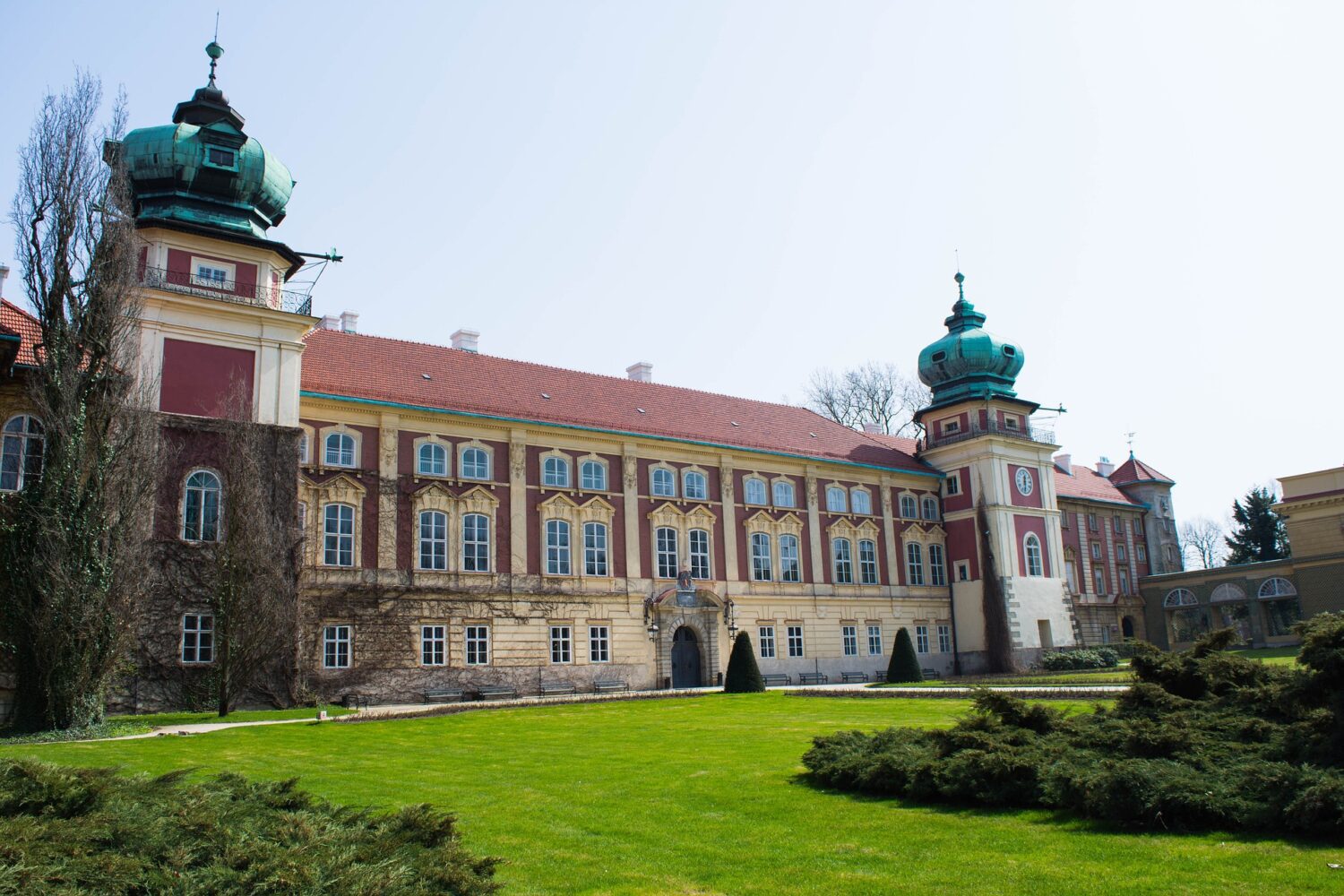Lublin (Lubelskie)
Lublin Region
Lublin Province – updated 20 January 2023.
Lublin (Lubelskie) region in Poland is a hidden gem that is often overlooked by tourists. The region, located in the southeast of Poland, is known for its rich history, beautiful architecture, and delicious cuisine. Whether you're looking for a relaxing getaway or an adventure-filled holiday, the Lublin (Lubelskie) province has something to offer everyone.
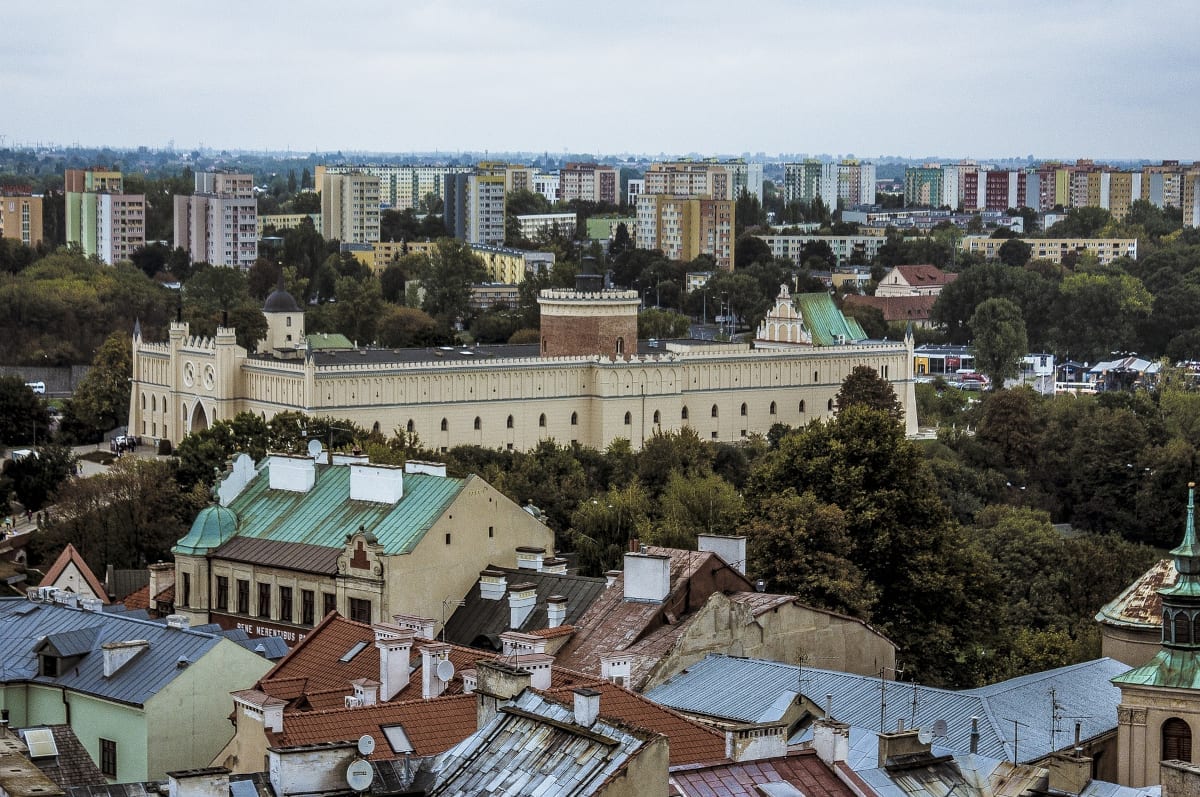
Old Town of Lublin
One of the most popular attractions in the region is the Old Town of Lublin, a historic district that is home to many of the city's most important landmarks. The Old Town is home to several beautiful churches, including the impressive St. John's Cathedral, which dates back to the 14th century. The Old Town is also home to the Lublin Castle, a Gothic fortress that was built in the 14th century. Visitors can tour the castle and learn about its history, as well as enjoy beautiful views of the city from the castle's walls.
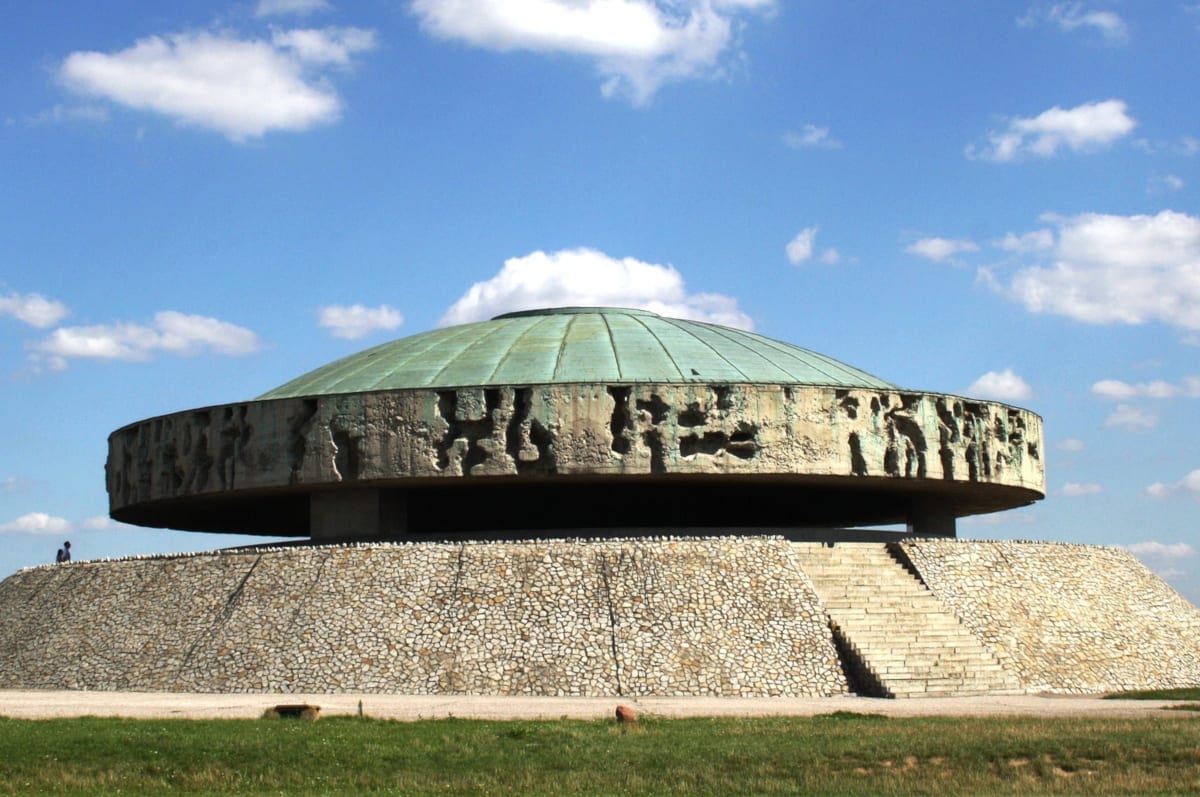
Majdanek
Another popular attraction in Lublin (Lubelskie) is the Majdanek Concentration Camp. The camp was established by the Nazis during World War II and was one of the most notorious extermination camps in Europe. Visitors can take a guided tour of the camp, where they can learn about the horrific events that took place there and pay their respects to the victims.
Krakowskie Przedmiescie Park
If you're looking for a more relaxed experience, Lublin (Lubelskie) has several beautiful parks and gardens that are perfect for a leisurely stroll. One of the most popular parks is the Krakowskie Przedmiescie Park, which is located in the heart of the city and is known for its beautiful flower beds, statues, and fountains. The park is also home to a small lake, where visitors can take a boat ride or rent a paddleboat.
Polish cuisine
For a taste of traditional Polish cuisine, Lublin (Lubelskie) has many restaurants that serve delicious, locally-sourced food. The region is known for its hearty meat dishes, such as bigos (a traditional stew made with meat and cabbage) and pierogi (dumplings filled with meat, cheese, or potato). Visitors can also try regional specialties such as smoked meats, cheeses, and beers.
Hala Targowa
If you're interested in shopping, Lublin (Lubelskie) has several markets and shops that sell a wide variety of goods. The most popular market is the Hala Targowa, a large indoor market that sells everything from fresh produce to clothing. Visitors can also find traditional crafts and souvenirs at the market, such as pottery, textiles, and jewelry.
Outdoor activities
Lublin (Lubelskie) is also a great destination for outdoor activities. The region has many hiking and biking trails that take visitors through beautiful countryside, forests and hills. The most popular trails are in the Roztocze National Park, which is known for its picturesque landscapes and diverse flora and fauna. Visitors can also enjoy fishing and boating on the many lakes and rivers in the region.
In addition, Lublin (Lubelskie) region is home to several cultural events throughout the year, such as the Festival of Good Beer, the Festival of Folk Music, the Festival of Film, and the Festival of Theatre. These events showcase the best of Polish culture and provide visitors with an opportunity to experience traditional music, dance, and art.
In conclusion, Lublin (Lubelskie) region in Poland offers a unique blend of history, culture, and natural beauty. Whether you're interested in visiting historic landmarks, trying delicious food, or enjoying the great outdoors, this region has something to offer everyone.
FAQ
Q: What are some popular attractions in the Lublin (Lubelskie) region?
A: Some popular attractions in the region include the Old Town of Lublin, with its beautiful churches and the 14th-century Lublin Castle, the Majdanek Concentration Camp, Krakowskie Przedmiescie Park, and the Roztocze National Park. There are also several cultural events throughout the year, such as the Festival of Good Beer, the Festival of Folk Music, the Festival of Film, and the Festival of Theatre.
Q: What traditional Polish cuisine can I try in the Lublin (Lubelskie) region?
A: The region is known for its hearty meat dishes, such as bigos (a traditional stew made with meat and cabbage) and pierogi (dumplings filled with meat, cheese, or potato). Visitors can also try regional specialties such as smoked meats, cheeses, and beers.
Q: Is there any place to shop in the Lublin (Lubelskie) region?
A: Yes, the region has several markets and shops that sell a wide variety of goods. The most popular market is the Hala Targowa, a large indoor market that sells everything from fresh produce to clothing. Visitors can also find traditional crafts and souvenirs at the market, such as pottery, textiles, and jewelry.
Q: Are there any outdoor activities available in the Lublin (Lubelskie) region?
A: Yes, the region has many hiking and biking trails that take visitors through beautiful countryside, forests and hills. The most popular trails are in the Roztocze National Park, which is known for its picturesque landscapes and diverse flora and fauna. Visitors can also enjoy fishing and boating on the many lakes and rivers in the region.
Q: Is there public transportation available in the Lublin (Lubelskie) region?
A: Yes, there is a well-developed public transportation system in the region, including buses and trains. The main train station in Lublin is located in the city center, and the buses are operated by the city's municipal transportation company. Taxis and rental cars are also available.
Q: Are there any hotels or accommodations available in the Lublin (Lubelskie) region?
A: Yes, there are a variety of hotels and accommodations available in the region, including luxury hotels, budget-friendly options, and vacation rentals. Visitors can also find options such as hostels, guesthouses and camping sites.
Q: Are there any language barriers for tourists visiting the Lublin (Lubelskie) region?
A: English is widely spoken in the tourism industry, but it's always helpful to have a translation app or dictionary handy. Many historical sites and tourist information centers have information available in English.
